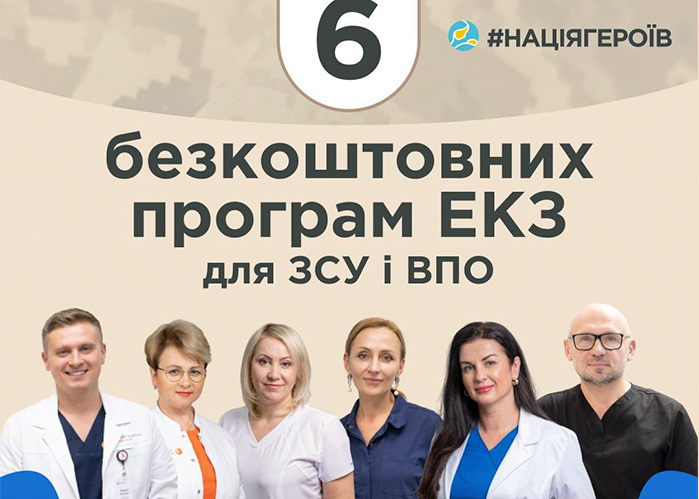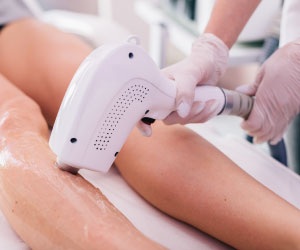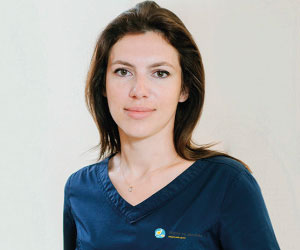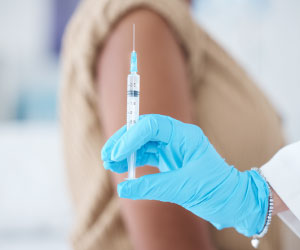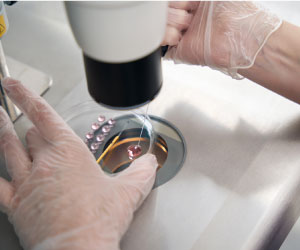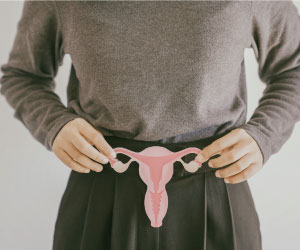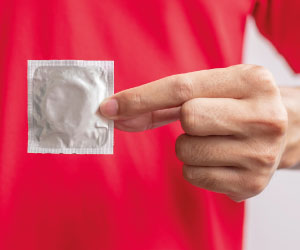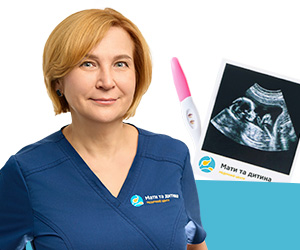Treatment of sexually transmitted diseases
What are STDs?
Sexually transmitted diseases (STDs) are a group of infectious diseases that are most often contracted during sexual contact. For most STDs, this is not the only route of transmission. For example, there is so-called household syphilis, when infection occurs through a shared towel or cup of the ill. Another example is HIV, which hundreds of people contracted through blood transfusions before the virus was sufficiently studied. Infection of the fetus from a sick mother during childbirth is also possible. At the same time, there are diseases that can be transmitted sexually, but for them it is not the main one, and therefore they are not included in the group of STDs. For example, salmonellosis or an infection caused by the Zika virus. As you can see, the division is quite conditional.
Pathogens of STDs
STDs are caused by bacteria, viruses or parasites, i.e. infectious agents, which is why another name is used - STIs, sexually transmitted infections. Earlier they were called venereal. This term is now considered obsolete, and the original list of six classic venereal diseases has expanded considerably.
Main STDs:
- Bacterial: syphilis, gonorrhea, chlamydia, venereal granuloma, soft chancre.
- Viral: HIV, genital herpes, genital and anorectal warts (condylomas), hepatitis B, molluscum contagiosum.
- Parasitic: trichomoniasis (causing protozoa), pubic pediculosis (causing lice). Sometimes they also include scabies (the causative agents are ticks).
Bacterial and parasitic STIs are curable, viral ones are not always, but they can be controlled with antiviral therapy, preventing the progression of the disease.
STDs diagnostics
Some STDs manifest themselves quickly and clearly, for example, pubic lice. Others, such as syphilis or HIV, can develop secretly for a long time. The problem is that in the case of a latent course, an infected person is a spreader of the infection. That is why the diagnosis of STDs is often preventive. Tests for STDs, which belong to the most dangerous infections, such as syphilis, hepatitis B and HIV, are performed before every invasive medical intervention, they are part of the mandatory diagnostic plan for pregnant women. Having sex contact with several or unfamiliar partners significantly increases the risk of STD infection, so regular testing is recommended for people who have a promiscuous sex life. Even after a single episode of unprotected sex with a stranger, it is advisable to undergo an examination and take preventive measures.
STDs testing:
- blood tests;
- bacteriological examination of a genital smear or scraping.
A visual inspection of the affected area is sufficient to diagnose pubic pediculosis. Insects and nits appear on the hair, and characteristic spots after bites appear on the skin.
Anamnesis taking is a valuable element of STI diagnostics. A sexually transmitted disease can be indicated by a certain lifestyle or a particular case of unprotected sex, which will direct the diagnostic search in the right direction. It is extremely important that patients are completely open with their doctor. Self-diagnosis is unacceptable. Firstly, it is often erroneous, and secondly, it is insufficient, because it is not uncommon to detect several infections at once.
STDs: symptoms
STIs are a heterogeneous group of diseases united only by transmission way, so the symptoms are very different. They are also different at different stages of the disease. Many STDs do not have external manifestations or have them unexpressed, such that they do not attract attention. External STD symptoms in women are more difficult to detect, since inflammatory elements are often located in the vagina. However, STDs in men also do not always have external manifestations, since the urethra may be affected.
External signs of the most common STDs:
- Syphilis: in the first stage - a hard chancre at the point where the infection entered. It is a small, painless, rounded ulcer with tight margins, extremely contagious because its secretions contain pale treponema. It goes away on itself even without treatment, but this is not recovery, but the transition of the disease to the next stage. In the later stages, there is a syphilitic rash, an increase in lymph nodes, alternating periods of exacerbations and remissions.
- Genital herpes: scattering of small bubbles with transparent contents on the inflamed skin or mucous membrane, which later turn into painful ulcers, enlargement of inguinal lymph nodes..
- Genital and anorectal warts - the name speaks for itself..
- Soft chancre: superficial ulcer, one or more. The ulcer is loose, painful, with uneven red edges, several ulcers are of different sizes and tend to merge. Enlargement of regional lymph nodes..
- Venereal granuloma: a nodule that rises above the surface of the skin, which grows and then becomes covered with sores, acquiring an unpleasant odor. Lymph nodes are not enlarged..
- Scabies: skin rash at the site of the lesion, later multiple small erosions and ulcers due to strong scratching, unbearable itching. Symptoms often extend beyond the anogenital area. Since the patient combs the inflammatory elements, the skin of the hands is almost always affected..
- Gonorrhea: in women, atypical vaginal discharge, itching, burning in the genital area. In men, slight discharge from the urethra and sharply painful urination. In recent years, gonorrhea often has an implicit clinical picture or generally proceeds in a latent form.
STDs treatment
Different diseases require different treatment, but since they are all caused by infection, anti-infective therapy comes to the fore: antibacterial, anti-parasitic and, in some cases, antiviral agents. It is supplemented with anti-inflammatory drugs, as well as drugs that eliminate symptoms and fight complications. In case of a viral infection, drugs that stimulate the immune system may be prescribed.
There are several obligatory STDs treatment rules:
- Treatment must be prescribed by a doctor, self-medication is excluded.
- A full course of antimicrobial therapy is required, and it cannot be stopped immediately after symptoms disappear. If treatment is stopped before completion, there is a risk of developing a drug-resistant infection.
- If possible, all sexual partners should be examined and treated simultaneously, otherwise the risk of recurrence is very high. In addition, these people are spreaders of infection.
- Until the end of treatment it should refrain from sex.
Confirmation that the patient has recovered is a test for STDs, sometimes more than one.
Treatment of viral STDs may require lifelong medication. The patient's condition and the need for correction of therapy are monitored with the help of regular tests.
STDs prevention
The most effective, and often the only means of STDs prevention is a condom. It should always be used during dubious sexual contacts. It should be remembered that the sexual route of transmission is not only genital, but also anogenital and oral. If unprotected contact with a suspicious partner nevertheless occurred, you should consult a doctor as soon as possible. Quickly taking anti-infective measures will help prevent the development of the disease.
The main protection against STDs is to have sex with a regular partner who you can trust.








